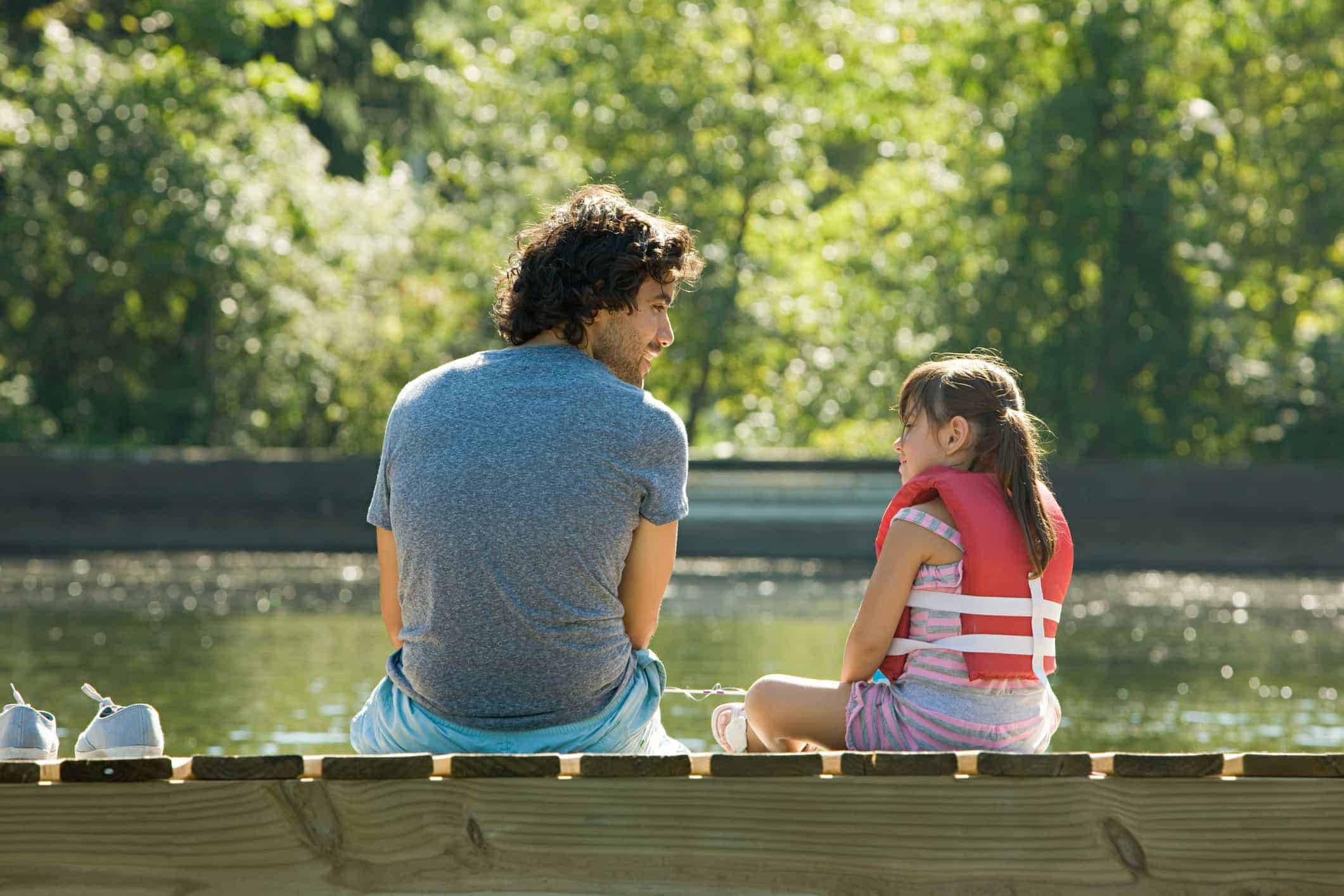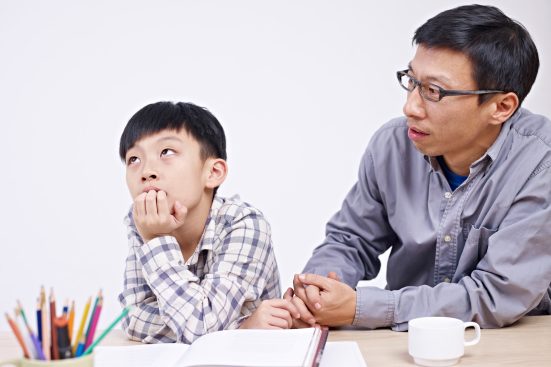Here are some of these strategies.
First, it is vital to express empathy to children when they are sad or worried.
This means short statements like “I’m sorry to hear that”, “That sounds really hard to cope with”, “What a tough experience” or “I’m sorry you are feeling like that”. It is essential to say these things without adding “BUT….….” and without finishing the sentence with a little lesson, instruction to look on the bright side or reassurance (e.g “I’m sorry to her that BUT cheer up, it’s no big deal” or “That is a bummer BUT if you had done this in the first place it wouldn’t be happening” or “that sounds hard BUT you should just do…….”).
When we try to reassure, teach or suggest things to worried and sad kids before we have truly empathised with children, it backfires. Children feel like we have not heard them and they are not in any state to learn or listen. We must start with caring before anything else.
Helping Kids Calm Themselves
Once we have been empathic to children, and they know we have heard their worries, we can help them to calm themselves down. One way to do this is by helping them slow their breathing. Encouraging children to take three long, slow deep breaths, can be a simple way of changing their physical tension and pattern of brain activity. Practising breathing slowly when they are not worried first is best, then we can help them do it while worried.
We can also help children to calm themselves by having a list of calm words they can use. Gently ask children to use sentences like “I can cope”, “This is not terrible” and “I’m okay”. It is often useful to prepare these calm words in advance by writing them down. For some children, writing out some reasons why they can cope, and some evidence for why things are not terrible can be very useful.
You might like to take some time with your worried child to write down a list of these reasons. For example, “five reasons why I can cope when someone says something mean”, “5 reasons why it is not terrible if I don’t understand my homework” or “5 reasons why I will be okay going into school by myself”. Then in the worried situation, ask the child to say “I’m okay” and think about the list.
We need to help worried children to solve problems and make plans themselves.
When parents or adults give lots of advice or suggestions to kids it means they don’t have the opportunity to solve problems themselves. Sometimes worried kids get more and more hooked on advice and reassurance from others.
Instead of giving advice, when children tell us they are worried or sad about something, our response – once we have expressed care and concern – should be to ask a question which helps them think. Helpful questions might be: “what do you think might work?”, “what might make this a little better?”, “what do you think your options are”, “what do you think would help?” and so on.
Children will often not have the answers the first time we ask them these questions, but with coaching (“do you think THIS or THIS might be better?”) and practise they will improve, and learn important skills.
Help children act in brave ways
Finally, one of the most important ways of helping sad and worried kids is to make sure we require children to act in brave ways. Unfortunately the more children avoid things they find scary, the more scared they get. So if children avoid going into the classroom on their own, going to friends’ houses, talking to adults, playing sport – or other things they find nerve wracking – they will usually become more scared of these things over time.
To stop this cycle of increasing fear, we need to identify the brave behaviour we want our children to do, and to coach, encourage, reward and enforce this. To start with it might be a few small steps (go into the classroom one metre on your own and then mum joins you, just say hello to an adult, eat one tiny bite of a new food once a day, have a play date while mum is still at the house, sleep in your own bed for the first ten minutes of the night, use a calm voice for the first five minutes of homework and so on, for whatever the child finds difficult). Sometimes we have to reward these small, scary steps – but however we do it, as parents we must help our children to act brave. The more often children act in brave ways, the less their worry will dominate their life.
For more help in supporting worried or sad kids, go to our online support centre: www.calmkidcentral.com
If you are in Adelaide, you can also make an appointment to visit us at our clinics.



